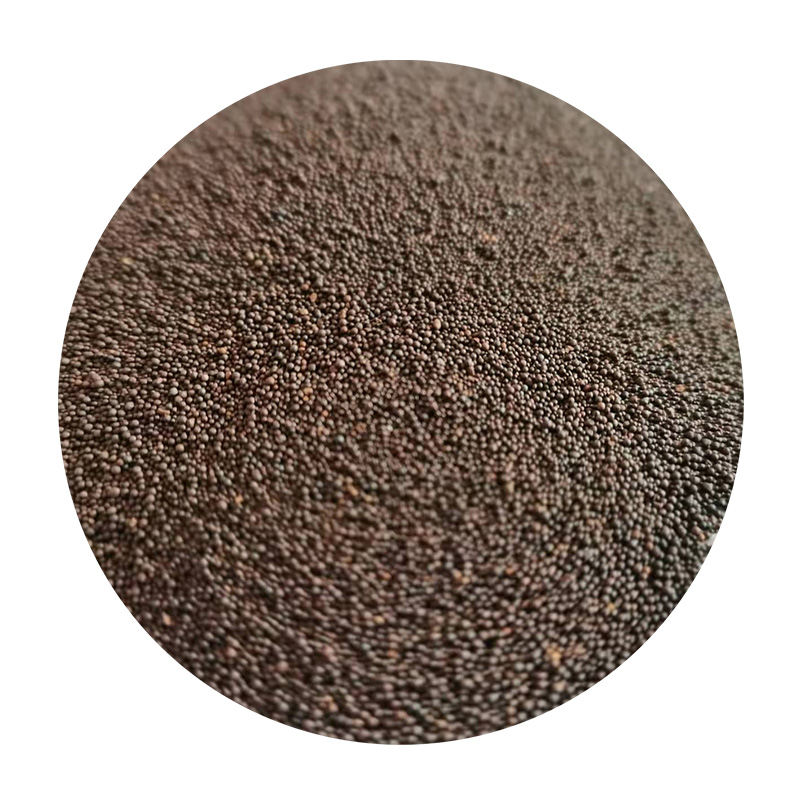The Role of Ceramic Sand in Modern Industries
Ceramic sand, also known as proppant or ceramic proppant, has become an essential material in various industrial applications, particularly in the field of oil and gas extraction. As the demand for efficient and sustainable resources continues to grow, ceramic sand has emerged as a crucial solution owing to its unique properties and advantages.
Ceramic sand is produced from high-purity kaolin clay, which is processed and fired at high temperatures to create robust and durable granules. This process results in a material that possesses exceptional hardness and strength, making it particularly suitable for hydraulic fracturing (fracking) operations in oil and gas production. Unlike traditional materials such as silica sand, ceramic sand can withstand the intense pressures and harsh conditions encountered during the extraction process.
One of the primary advantages of ceramic sand is its ability to enhance the permeability of geological formations
. When injected into the fractures created during fracking, ceramic proppants keep these fissures open, allowing oil and gas to flow more freely. This enhanced permeability significantly increases production rates, making the extraction process more efficient and economical.ceramic sand

Moreover, ceramic sand is highly resistant to crush and abrasion, maintaining its structural integrity over time. This characteristic not only ensures the longevity of the proppant but also minimizes the risk of formation damage that could complicate extraction efforts. The high density and excellent flow properties of ceramic sand allow for better placement in the fractures, ensuring that the proppant effectively supports the walls of the fissures.
In addition to its use in the oil and gas industry, ceramic sand is also gaining traction in other fields, such as construction and manufacturing. Its heat resistance and durability make it an ideal material for producing high-quality ceramics, abrasives, and refractory products. Furthermore, ceramic sand is being explored as a potential substitute for traditional sand in various construction applications, contributing to sustainability initiatives by reducing the demand for natural sand, which is often linked to environmental degradation.
Sustainability is a key factor driving the adoption of ceramic sand. As industries seek alternatives to environmentally harmful practices, the use of recycled materials in the production of ceramic sand has gained attention. Manufacturers are increasingly using industrial by-products and waste materials, reducing the carbon footprint associated with the extraction and processing of raw materials.
In conclusion, ceramic sand is a versatile and innovative material that plays a pivotal role in enhancing the efficiency of oil and gas extraction while also serving various other industrial applications. Its unique properties, coupled with a growing focus on sustainability, position ceramic sand as a valuable resource in the transition to more sustainable industrial practices. As research and development continue, we can expect to see even broader applications and advancements in the use of ceramic sand in the years to come.
Post time:সেপ্টে. . 15, 2024 22:15
Next:can you sand 3d prints
